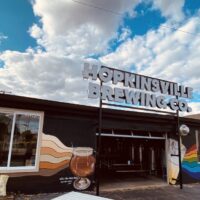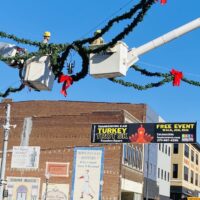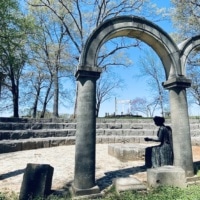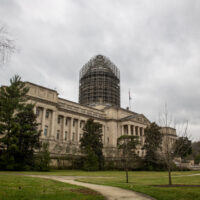City officials hope to open Phase II of the Hopkinsville Greenway, including the long pedestrian bridge that spans Country Club Lane and LaFayette Road, by the end of November.
“The bridge is technically finished but it is not yet cleared for use,” City Administrative Officer Troy Body told Hoptown Chronicle.
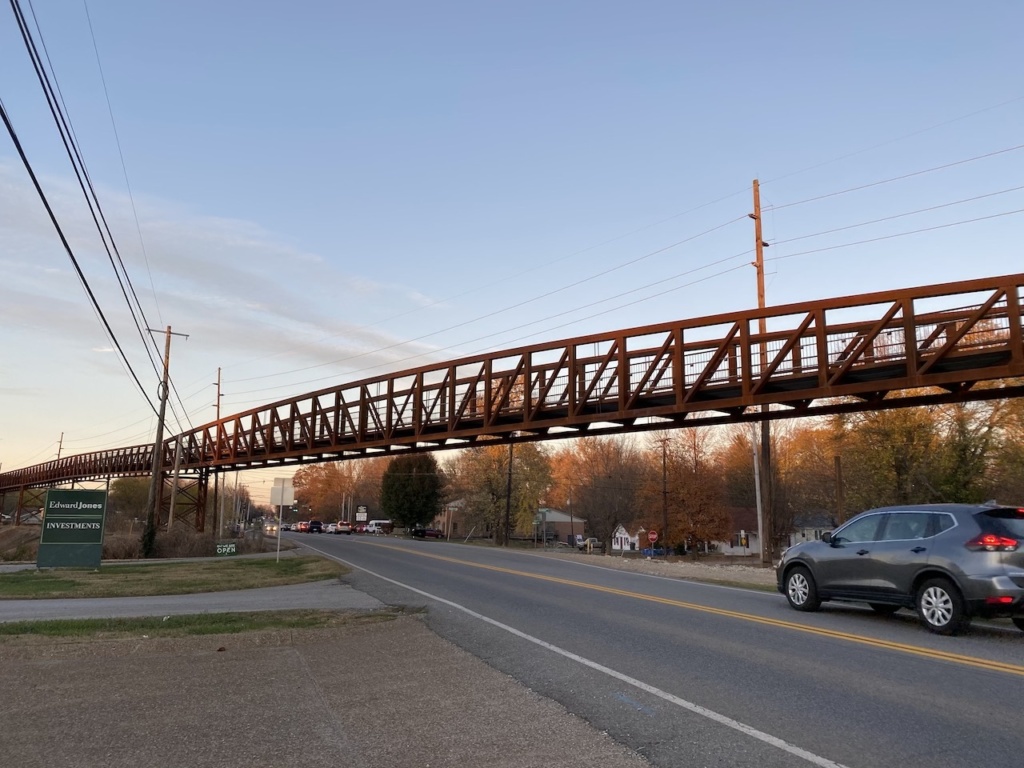
A final walk-through with the contractor and engineering firm is set for Nov. 24, and assuming there are no issues, the new section of Hopkinsville’s rail-trail will be ready to open soon after that last check by city officials.
The city might have to forego a ceremonial ribbon cutting because of the coronavirus pandemic. If the county’s COVID-19 incidence rate remains high, officials could instead have a virtual ceremony to celebrate the opening, said Body.
Ground was broken Oct. 3, 2019, on the 1.7 mile rail-trail extension, which runs from the Pardue Lane Trailhead to Foston Chapel Road near Eagle Way. The $4.6 million project came out of former Mayor Carter Hendricks’ Wellness, Infrastructure and Neighborhood initiative — better known as WINS.
Phase I of the Hopkinsville Greenway, which is about 3 miles long, includes the rail-trail from North Drive to Pardue Lane and incorporates the walking trail that starts near the public library and runs along Little River.
Plans to convert the old U.S. Army railroad corridor to a recreational trail for Hopkinsville began more than 20 years ago. After Fort Campbell built a new rail line to connect the post to the CSX line in the Hopkinsville Industrial Park, the government deeded the land comprising the rail corridor to the city, opening up options for a linear park and recreational trail.
- SUPPORT US: Like what we do? Consider making a donation to the Hoptown Chronicle, a nonprofit news organization
There are 2,208 trails along converted railroads in the United States, with a total of 24,451 miles, according to the Rails-To-Trails Conservancy. Advocates of public-use trails say they encourage healthy lifestyles, create new space for recreation, build community through connections and spur economic development.
Body, who moved to Hopkinsville in 2018 after working in similar positions for other cities, said he sees the greenway extension as a positive sign of progress. It connects the city’s neighborhoods and improves quality of life for local residents, he said.
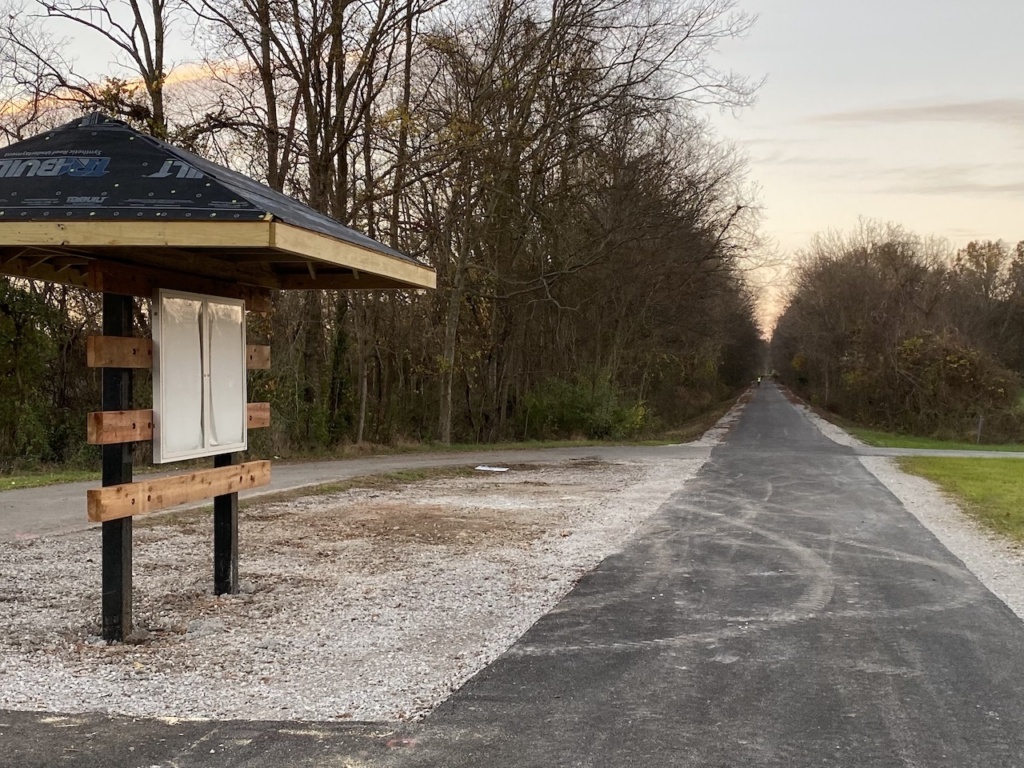
“This is the way you move a city forward. It is progress,” he said.
Body said he hasn’t seen many smaller communities like Hopkinsville taking on similar improvements. He describes it as an “organic and authentic” project because it builds a connection for people in different neighborhoods.
WINS also provided approximately $1.2 million for sidewalks, which are part of the infrastructure linked to the greenway.
The new greenway bridge is 1,400 feet long. Body said the project to clean out and landscape the area under the bridge will probably be completed in the spring.
Three emergency call boxes will be installed on the new section of the rail-trail, which runs from the area near Catalpa Drive off LaFayette Road to the border of the Hopkinsville Golf and County Club’s golf course and then between Hunting Creek and Holiday Park subdivisions between continuing out to Foston Chapel Road. There are also three call boxes on Phase I of the greenway.
Body said public safety officers will be assigned to patrol along the rail-trail.
“You will see their presence. We want people to feel comfortable,” he said.
Jennifer P. Brown is co-founder, publisher and editor of Hoptown Chronicle. You can reach her at editor@hoptownchronicle.org. She spent 30 years as a reporter and editor at the Kentucky New Era. She is a co-chair of the national advisory board to the Institute for Rural Journalism and Community Issues, governing board president for the Kentucky Historical Society, and co-founder of the Kentucky Open Government Coalition.

